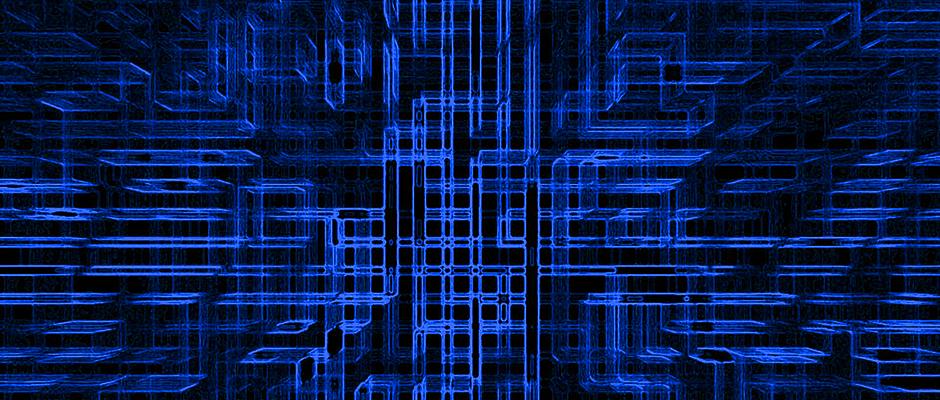At last week’s NYU Shanghai Faculty Lunch Seminar Series, Visiting Professor Gabriel Weimann discussed his recent book, “Terrorism in Cyberspace, The Next Generation”. The following exchange grew out of that presentation.
What areas of communication are you studying?
As a student and later as a professor, I was interested in persuasive communication in general and in political campaigns in particular. I followed American political campaigns, focusing on various aspects including political rhetoric, media events, persuasion techniques and so on. I was even invited to follow the American Presidential campaign as a Fulbright Scholar.
Your early books were on persuasive communication and personal influence. Who was your audience?
Being a communication scholar, I studied and taught persuasive communication, from advertising and political campaigns, to propaganda and so on. In 1995, I published my first book on persuasive communication used by terrorists ("The Theater of Terror" was the title). However, in the late 1990s terrorists started using the Internet and I was drawn to this arena of online terrorism and terrorist propaganda. This led me to author 3 books and more than 40 scientific articles on this subject.
How did you get started looking into how terrorists communicate?
Back in 1998 when the World Wide Web was still a very new idea for most people, a student of mine asked me if he could write his thesis on the existence of terrorist websites. To be sure, there were still very few of them. He showed me websites of the Shining Path from Latin America and the Tamil Tigers, for instance. They were already savvy enough to know how to use the web! So this is how it started for me, a student got me involved.
And today?
Terrorist organizations and their supporters, alongside all sorts of other criminals, maintain thousands of websites and social networking platforms, exploiting the unregulated, anonymous, and easily accessible nature of the Internet to convey an array of messages to a variety of targeted audiences.
And recently you focus on the Deep Dark Web?
Yes. It is important to understand that like an iceberg, typically only a fraction of the web is “above water”. We often refer to the web we all know and search every day using Google, Yahoo, Baidu and so on, as the Surface Web. The deeper layers of the web that lie below the surface, so to speak, comprise the Deep Web, which is the largest part by several orders of magnitude. Because traditional search engines do not index this part of the web, its content and activities, much of which are perfectly legal, are buried and locked in databases and websites that are hard to find. The Dark Web exists in the more remote recesses of the Deep Web.
What are some of the most obvious uses of The Dark Web by terrorists that people need to know about?
Terrorists use the Dark Web for several purposes, starting with communicating among themselves, and with their followers and potential recruits. There, they can provide online training, guidebooks and manuals. So much so in fact, terrorists have created and control its access to a “Wikipedia of Terror” that includes postings of instructions, sermons, lectures, manuals, guidebooks, and so on. Finally, they can raise funds, buy and sell weapons and explosives in the Dark Web, using the virtual currencies like Bitcoin.
Every day, our children are told that anything they do on the Internet can be seen by everybody and, worse, can’t be deleted. How is it that criminals lurking around the web escape that transparency?
Terrorists and criminals can be, and are, monitored online by various agencies, police, security forces, etc. In several cases this monitoring led to identification and arrests. However, this is a dialectic game of “cat and mouse”. They respond to monitoring by applying encryption programs and applications that conceal their identity and location, etc. The migration to the Dark Web is certainly one additional step in their attempt to respond to counter measures.
What are the potential measures against terrorists in the Dark Web?
Making the answer a bit more complex, we have to remember that the Deep Web has benign uses as well. While it can conceal terrorist and criminal communications and activities, the Deep Web also serves organizations and individuals who either work under difficult circumstances or are simply conducting legitimate private business. Thus, the alarming infiltration of Internet-savvy criminals into the “virtual caves” of the web should add real urgency to an international search for a solution does not impair legitimate, lawful freedom of expression.
When were you first exposed to terrorism?
It was in summer 1972: I was traveling in Europe in that summer, and like many others crisscrossing the continent at the time I was quite poor. So, when I got to Munich during the fateful Olympic games of that year, I did get to visit where the Israeli team lived in the athletic village, which was completely unguarded as things were in those days. But, because I could not afford the entrance ticket, I followed the games on the television. So, I saw the Munich massacre unfold in front of me on the screen. I was glued. I guess I witnessed then what I many years later, as a scholar, termed as “terrorist media event”.


